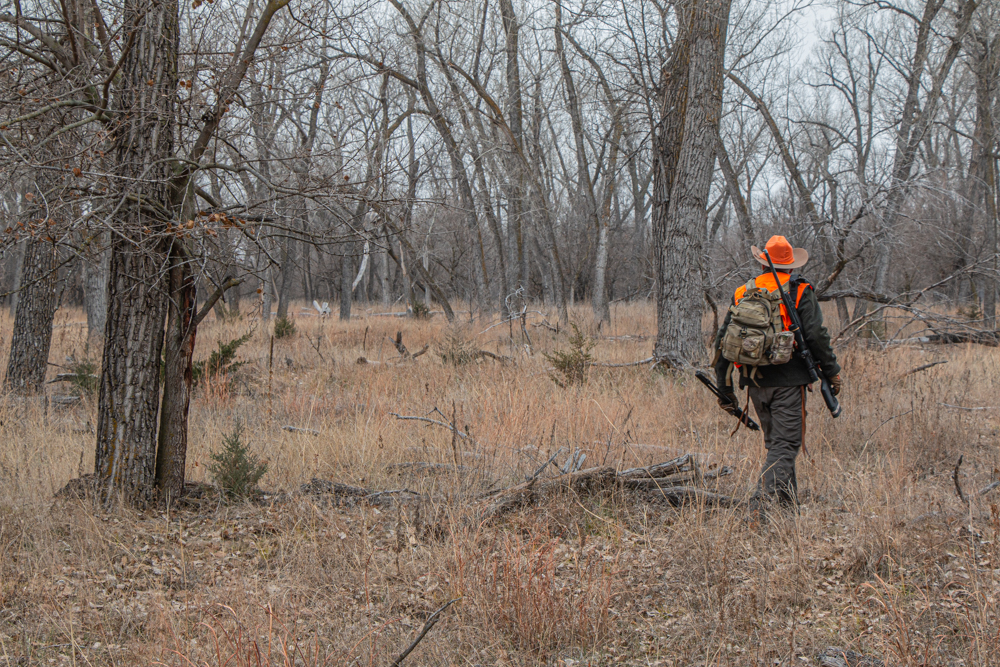Remember back in high school when you had a crush on that girl? It was easy to look and lust from across the room, but when she got close, things got real–intense. Your mouth got dry, your knees got weak, and those words you’d been planning to whisper gently simply seemed unspeakable. Hunting is similar. Watching the object of your affection from across a canyon can be enticing, but nowhere near as exciting as when the distance is shortened. In fact, if you get close enough, your mouth will get dry, your knees will get weak, and you just might jerk that trigger you’ve been planning on pressing.

This is one of the reasons bowhunting became so popular. Once a hunter experienced that close encounter, it was the beginning of an addiction. As hunters, we thrive on that adrenalin spike; a rush–if you will–delivered by the absence of distance between us and what we want. Of course, being humans, hunters have an adversity to not getting what they want. To increase our odds, we began contriving ways to make it easier. Almost every advancement in archery, muzzleloading, and firearms, was purposely engineered to increase our effective range–the distance between us and what we wanted. Compound bows, sabots, rangefinders, ballistic programs, and the modern precision rifle, all work to replace footwork with fps.

I get it, I really do, I’ve succumbed to the lure of being able to take any animal I want as long as I can see it. That desire has left me trying to find other locations and animals to hunt, in an effort to find hunts that can replicate the excitement I first became addicted to while bowhunting. Excitement I still experience while whitetail hunting in the hills of West Virginia, where the action can happen at breath-smelling distance. It finally dawned on me that the “rush” comes from the closeness, not the location or the critter. This is one reason dangerous game hunting–once experienced–becomes such an addiction. Because of the importance and necessity of a sure shot, dangerous game hunting is done at close range.

It’s not my job to dictate how you hunt. As I’ve said before, Arguing the ethics of how a hunter legally kills, is – at least to me – a lot like arguing the ethics of how someone has sex. If it’s legal, and you’re not on either end of the activity, it’s really none of your damn business. What I would like to do is offer you a way you might enjoy the hunt more. When you’re shooting at an animal at great distance, the challenge is clear and easily defined, it’s simply a ballistic problem, solvable with math. When you have to use stealth and predator skills to cover that same distance, there are many more factors that must be managed, notably, that high school-like – pretty girl is coming your way – adrenalin.

By all means buy that compound bow, use those sabots in your muzzleloader, get a rangefinder you can trust, and invest in that ballistically efficient cartridge housed in a modern tack-driving rifle. You’ll be equipped to take just about any shot that presents itself. What I would suggest however, is that when you go to the field, do so in a manner that will maximize your experience, not the distance of the shot. Do you want to be a shooter or a better hunter? You’ll make more memories with footsteps than you will with a rangefinder.
The primary tool of the hunter should always be their feet, not fps. Buy good boots!
Watch and subscribe:
https://youtu.be/4NK0XSUUmtU


